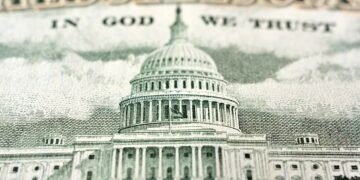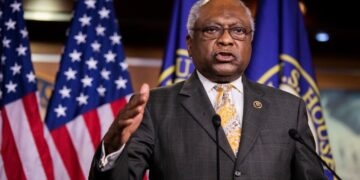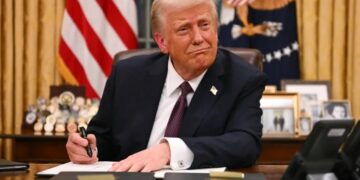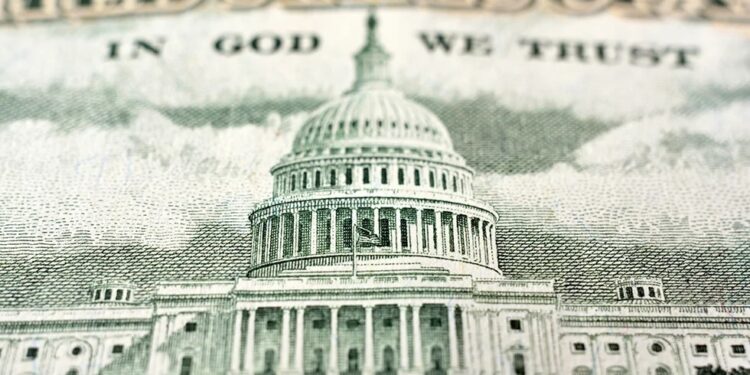By John Ikani
The US national debt has surpassed $30 trillion, the highest it’s ever been, as borrowing surged during the COVID-19 pandemic, according to data published by the Treasury Department on Tuesday.
Government borrowing accelerated during the Covid-19 pandemic as Washington spent aggressively to cushion the economic blow from the crisis. The national debt has surged by about $7 trillion since the end of 2019.
It’s impossible to know how much debt is too much, and economists remain divided over how big of a problem this really is. But the latest debt milestone comes at a delicate time as borrowing costs are expected to rise.
After many years of rock-bottom interest rates, the Federal Reserve is shifting into inflation-fighting mode. It is planning to launch its first series of rate hikes since 2015. Higher borrowing costs will only make it harder to finance that mountain of debt.
The national debt has been skyrocketing since the Great Recession when the debt was $9.2 trillion in December 2007, according to Treasury data.
But by the time former President Donald Trump took office, the national debt stood at nearly $20 trillion, CNN reported.
“Covid exacerbated the problem. We had an emergency situation that required trillions in spending,” said Michael Peterson, CEO of the Peterson Foundation. “But the structural problems we face fiscally existed long before the pandemic.”
The gross national debt represents debt held by the public, such as individuals, businesses and pension funds, as well as liabilities that one part of the federal government owes to another part.
The Federal Government now owes almost $8 trillion to foreign investors, led by Japan and China, which must be repaid with interest, according to CNN.
“That means American taxpayers will be paying for the retirement of the people in China and Japan, who are our creditors,” David Kelly, Chief Global Strategist at JPMorgan Asset Management, explained to CNN Business.
Renewed concerns about debt and deficits in Washington follow years of disregard for the consequences of big spending. During the Trump administration, most Republicans ceased to be fiscal hawks and voted along party lines in 2017 to pass a $1.5 trillion tax cut along with increased federal spending.
While Republican lawmakers helped run up the nation’s debt load, they have since blamed President Biden for putting the nation on a rocky fiscal path by funding his agenda.
After a protracted standoff in which Republicans refused to raise America’s borrowing cap, threatening a first-ever federal default, Congress finally agreed in December to raise the nation’s debt limit to about $31.4 trillion.




































